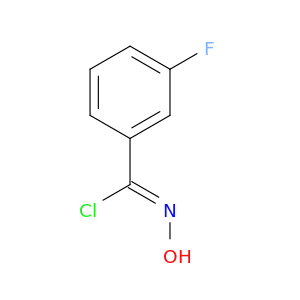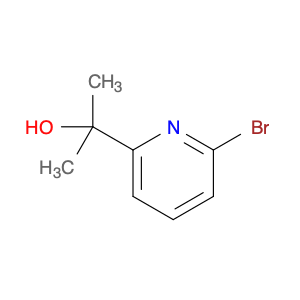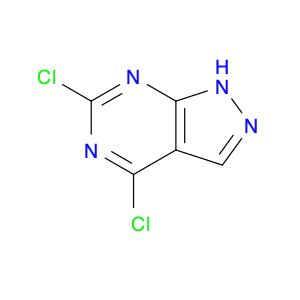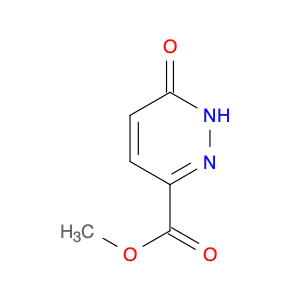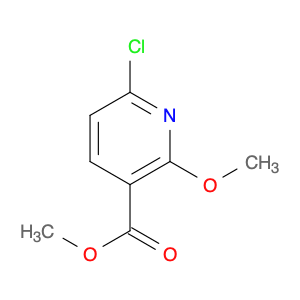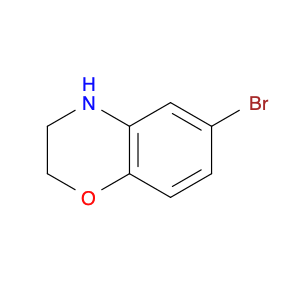3-Fluoro-N-hydroxybenzimidoyl chloride (FHBC) is a versatile chemical reagent widely used in chemical synthesis due to its unique properties and reactivity. In organic synthesis, FHBC serves as a valuable building block for the introduction of the fluorine atom into various organic compounds. Its high reactivity makes it a key reagent in the formation of carbon-fluorine bonds, which are crucial in medicinal chemistry, agrochemical synthesis, and materials science.One of the key applications of 3-Fluoro-N-hydroxybenzimidoyl chloride is in the synthesis of fluorinated pharmaceuticals. The introduction of a fluorine atom into drug molecules can significantly enhance their biological activity, metabolic stability, and pharmacokinetic properties. FHBC enables the selective fluorination of specific positions within a molecule, allowing for the precise modification of drug candidates to improve their therapeutic potential.Additionally, FHBC plays a crucial role in the synthesis of fluorinated agrochemicals. Fluorinated pesticides and herbicides exhibit enhanced efficacy and environmental sustainability compared to their non-fluorinated counterparts. By utilizing 3-Fluoro-N-hydroxybenzimidoyl chloride in chemical synthesis, researchers can develop novel fluorinated agrochemicals with improved crop protection and pest resistance properties.Furthermore, FHBC is employed in the preparation of fluorinated materials with unique physical and chemical properties. Fluorinated polymers, coatings, and specialty chemicals are widely used in various industrial applications due to their exceptional chemical resistance, thermal stability, and low surface energy. By incorporating fluorine atoms using FHBC, chemists can design and synthesize advanced materials with tailored properties for specific technological applications.
 sales@aaronchem.com
sales@aaronchem.com
